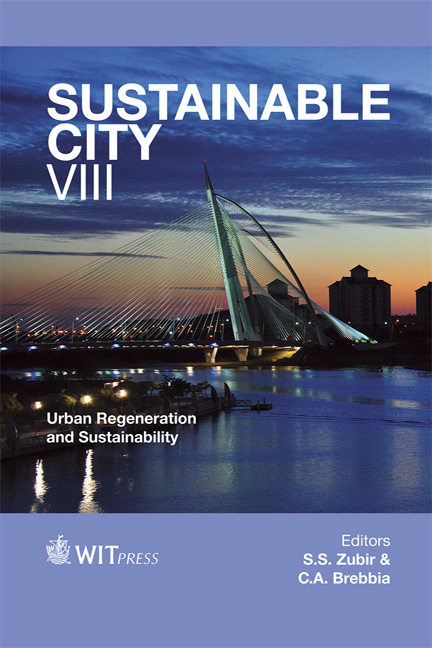A Model To Evaluate The Effectiveness Of Environmental Projects
Price
Free (open access)
Transaction
Volume
179
Pages
11
Page Range
755 - 765
Published
2013
Size
256 kb
Paper DOI
10.2495/SC130642
Copyright
WIT Press
Author(s)
E. Laniado, S. Vaghi, E. Amodeo, A. Capriolo & R. Mascolo
Abstract
The paper presents a methodological model to evaluate and compare the results of environmental projects implemented by local administrations with public funds. This model is an implementation of the \“model for the ex-post evaluation of environmental projects”, developed by ISPRA (Italian National Institute for Environmental Protection and Research). It takes into account the results of the test phase involving broad kinds of projects in various environmental sectors. Even if the model was initially designed to report benefit obtained by already implemented projects, it can also be used to guide public administrations funding towards the most relevant environmental priorities in a given area, or towards the most effective option among different projects. To this aim, the model gives a framework for the assessment of projects based on a common set of environmental sustainability objectives. It also identifies the \“typical\“ environmental effects deriving from each kind of projects and defines a set of indicators and indexes useful to evaluate them. The evaluation considers an overall balance of project environmental effects (direct and indirect, positive and negative), identifying four evaluation dimensions: effectiveness, impacts (impact is defined as \“additional effect” of the project that is not consequent to its direct objectives), cost–effectiveness and efficiency evaluations. The model and its tools (matrices, cause-effect chains, indicators and indexes) are described, giving examples from analysed case studies in the sectors of energy, sustainable mobility, water and waste treatment.
Keywords
environmental projects, project effectiveness, resource efficiency, assessment indicators





